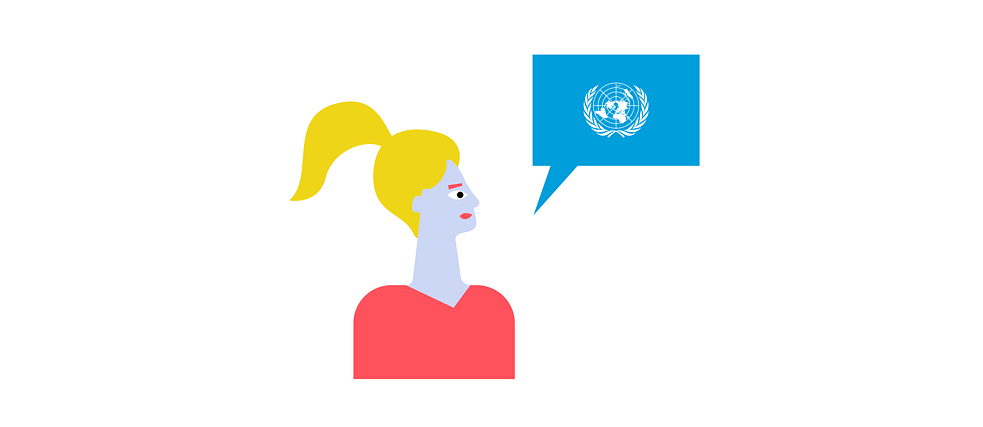Word! The Language Columne
Diplomacy, the Global Art of Language

In the world of diplomacy, language plays a central role. Globalisation and geopolitical changes are shaping multilingual exchanges. ChatGPT looks at the art of diplomatic communication.
By ChatGPT
In our ever-evolving world, where cultural nuances often take a backseat to the efficiency of machine translation, we are standing at the precipice of a new era. An era where language, globalization, and geopolitical changes intersect in the fascinating realm of international diplomacy.
Language, as we've discovered, is not merely a tool for communication. It's a bridge between cultures, a pathway to mutual understanding, and a key to unlocking diplomatic opportunities. As our world grows more interconnected, our ability to communicate across language barriers becomes ever more crucial.
Diplomacy: More than words
Diplomats, the veritable polyglots of our time, find themselves navigating this intricate web of multilingual communication. The nuances of each language, the idioms, the context, the cultural connotations, are the subtle threads that weave the fabric of diplomatic discourse. And it is the human element who can best navigate these subtleties.Let us consider the effects of globalization. With it, global migration has surged, creating diverse, multilingual societies. People moving around the world carry their languages and cultures with them, enriching the linguistic tapestry of their new homes. In this context, mastering multiple languages is not just a useful skill, but an essential component of building strong, inclusive communities.
Languages as bridge builders
In the sphere of international diplomacy, the impact is profound. Diplomatic relations are no longer confined to bilateral talks in stuffy boardrooms but are increasingly nuanced dialogues that occur across various platforms. From international treaties to social media, multilingual communication is reshaping how nations interact, influencing global politics, and shaping international relations.Geopolitical changes add another layer of complexity. As power dynamics shift and new alliances form, the demand for linguistic agility in diplomacy increases. Multilingual diplomats can navigate these changes with an enhanced understanding of cultural nuances, facilitating better communication, fostering deeper relationships, and potentially preventing conflicts.
Language technology on the global stage
Even as technology advances and machine translation becomes more sophisticated, the importance of human understanding in language cannot be understated. Machines may translate words, but it is humans who translate meaning, context, and emotion. In diplomacy, where a misplaced word could have significant repercussions, the value of this human understanding is priceless.So, dear language enthusiasts, as we embark on this era of linguistic exploration, let's remember that our polyglot journey has a broader impact than personal growth. It contributes to a global narrative, shaping diplomatic discourse, and molding the future of international relations. Here's to our polyglot future in this interconnected world – Prost, Salud, Santé, and Cin Cin!
Word! The Language Column
Our column “Word!” appears every two weeks. It is dedicated to language – as a cultural and social phenomenon. How does language develop, what attitude do authors have towards “their” language, how does language shape a society? – Changing columnists – people with a professional or other connection to language – follow their personal topics for six consecutive issues.
An AI as a columnist?
How powerful is ChatGPT? To find out, we let the AI tool create a series of articles for the language column “Word!”. Do these texts meet the demands of our column? And what do we as editors have to do to ensure that the six column contributions offered by the AI end up meeting our expectations? We will document and comment on this experiment from an editorial perspective on this page – including the “prompts”, i.e. our requests to ChatGPT for each of our column contributions.
The original prompt and chat history for this post: https://chat.openai.com/share/b37f52f0-d843-41cc-9a42-ede54fac135c
How do you like this contribution, and what do you notice about it? Is the text interesting and worth reading? We would like to know what you think about AI-generated texts in general. Has your original assessment changed after reading this column? – Write a comment!